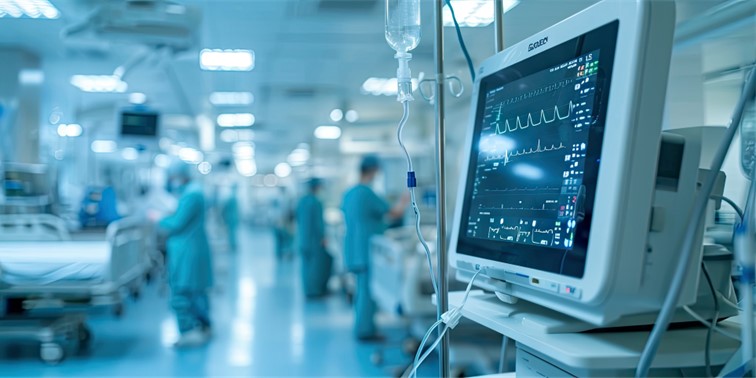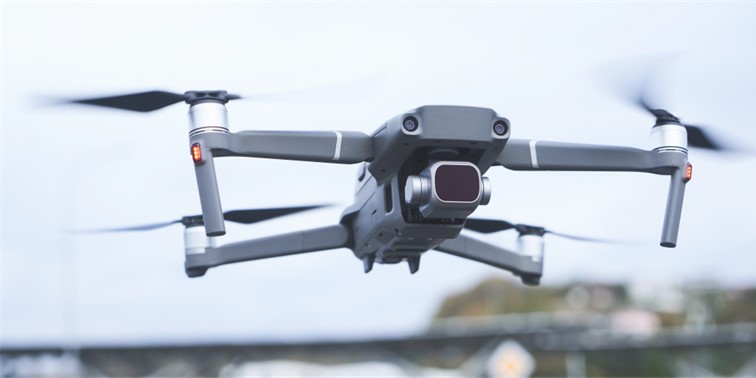The future has already happened.
Or, at least the seeds of future change have already been sown.
They’ve been planted by an electronic manufacturing environment where a changing global landscape, shifting customer demands and technological advances are already remoulding the role, processes and capabilities of EMS providers.
As a new decade dawns in 2020, many EMS providers have already sprung from their starting blocks as they race toward the potential rewards of ‘big data’, the benefits of automation, the connectivity efficiencies of Industry 4.0 and other ways to make manufacturing and the supply chain ‘smart’.
Here’s what we think will define the next ten years for electronic manufacturing – and radically alter the ways that EMS partners can make an impact for their customers.
A quick snapshot of electronic manufacturing on the brink of a new decade
The global electronics contract manufacturing and design services market is growing at a very healthy rate.
- In 2018 it was valued at $391 billion
- It is predicted to grow at a CAGR of 7.9% from 2019 to 2025
At a time when OEMs look to gain agility and responsiveness by avoiding the need to maintain large-scale industrial operations, this growth is being driven by quality EMS providers providing the following.
- Economies of scale in services
- Industrial design expertise
- Specialist supply chain management
- Reduced time-to-volume and reduced time-to-market production
- Investment in the latest (connected) technology
Added to this is a whole range of value-added services, such as design, engineering, warranties, repairs and returns handling. These services allow for vendor consolidation- managing vast networks of disparate suppliers is neither effective, efficient nor sustainable.
In terms of the sectors that will drive this EMS growth, it’s worth first considering the current state of play:

The dominance of IT & Telecom is largely the result of the proliferation of tablets and smartphones – but growth is not expected from this quarter (or, more accurately, nearly half).
Key growth areas expected to steal market share include:
- Medical (wearables, tomography scanner assemblies, blood analysers, ultrasound imaging systems and blood glucose meters)
- Automotive (hybrid and electric vehicles)
- Aerospace and defence – sectors also harnessing new technology to create possibilities
Let’s just quickly review medical.
New technology is opening out a brave new world of devices, such as medical wearables and even invisible hardware. Add to this the trend for patients to be more in control of their care and it’s clear why we are seeing an increased demand for advances in this field.
As the manufacture of these devices calls for sophisticated technology and strict regulatory compliance, outsourcing manufacturing enables OEMs to accelerate R&D and reduce the cost of devices in order to gain competitive advantage.
But it’s not just about manufacturing. It’s about design and a whole lot more. OEMs are increasingly using EMS providers to develop and manufacture medical wearables that require expertise in:
- Design
- Advanced battery technology
- Connectivity
- Wireless technology
- Flexibility and comfort for users
- Personalisation
- Hygiene
- Safety
- Aesthetics
- Testing and documentation for compliance
Related to this is a predicted (and significant) shift from the EMS sector being characterised by manufacturing – currently 40% of its revenue – to the rise of design and engineering services as OEMs are inclined to focus increasingly on marketing and sales, rather than R&D, prototyping, design and NPI.
Four electronic manufacturing trends to look out for over the next decade
As we said the future is already here, but there are certainly more developments to come. Let’s explore what some of these may be.
- Investment in technology and Industry 4.0 will be winning factors
Without a doubt, the willingness to invest in new manufacturing technologies will determine which UK EMS providers win new clients. But, there’s more to this than just new tech.
Increasingly Industry 4.0 and even Industry 5.0 will offer competitive advantages to those who add advances in communication and connectivity to their tech.
Digitisation allows EMS providers to respond more effectively and efficiently to customer needs because it adds the capabilities of automation and connected data to the manufacturing processes.
In the 2020s quality EMS partners will widely adopt automated equipment and use smart technologies to provide greater productivity, more efficient use of resources, faster time to ramp and improved quality control.
- Supply chain management will remain critical
Much will change in the next few years, but some things will stay the same.
Take the components shortage that has affected the supply to the UK of semiconductor and passive components. The instigation of product allocation and product obsolescence are still going to be major factors that push OEMs to rely on the supply chain knowledge and expertise of EMS partners.
- Agile, additive and personalised
The consumer market has already embraced personalised goods – and the industrial electronics sector will soon follow.
This means that OEMs will increasingly demand different material finishes, branding options, software configurations, add-ons, plug-ins, ancillary items and language options.
And they will expect them made to order and delivered the next day.
Connected, data-driven tech will be crucial to meet this demand, but so too will an agile supply chain. Orders triggered by client demand will be automatically sent to suppliers and delivered within the hour. In addition, the EMS provider will no longer process, re-pack and re-locate large orders of stock. Instead the supply chain partners will take responsibility for this service and deliver smaller batches more frequently.
We expect (and will need) just-in-time supply. Additive manufacturing will also aid such personalisation. It will be deployed throughout the assembly and test processes to produce jigs on-demand, along with any bespoke tools needed.
- Smart tracking
Data and dashboard technology will not only connect the production process but also procurement operations. In fact, it will connect everything from prototyping to the entire life cycle of a product.
- Smart tracking and barcoding will allow deliveries to be monitored in real-time
- Any unexpected delays will allow customers to be instantly informed and operation teams to redeploy resources
- On arrival orders will be scanned and booked in for (automated) inspection
- Printed circuit boards (PCB) will carry accessible information such as their part number and revision level
- They will also carry all the build information required for their assembly
- As the PCB moves to each production stage, operators can access the relevant set of instructions they need
- And, when the job is finished, the PCB will carry within it every detail of the manufacturing steps, operators responsible and component traceability records. These can be stored in the cloud, accessible to anyone with permission should the information be needed later on
The future is already happening at Chemigraphic
It’s going to be an exciting decade.
And at Chemigraphic we already have much of what is to come in place – and firm plans to implement the rest.
If you are looking for an electronic manufacturer who can handle design, NPI, impeccable supply chain management and connected tech, why not give us a call.
We think you’ll like our forward thinking. Get in touch on 01293 543517 to find out more and book a site visit.



